- Established 1982 -HOME: www.hiltonpond.org
THIS WEEK at HILTON POND Subscribe for free to our award-winning nature newsletter (Back to Preceding Week; on to Next Week) |
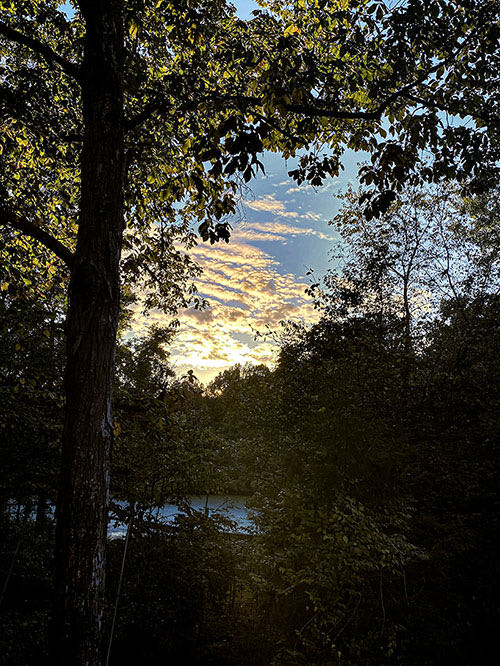
All text, maps, charts & photos © Hilton Pond Center HAWKS AND HIPPOBOSCIDS: From our office desk in the old farmhouse at Hilton Pond Center, our idyllic view (above) is of the pond itself--even though this fall the surface is still covered by Floating Duckweed that seemingly came out of nowhere a few years back. Most evenings, impressive sunsets (above) are a nice bonus because our window faces due west. Another plus: We can easily watch several of a dozen 10' x 36' mist nets we deploy--almost visible in the sunset photo--so we often know the exact moment when a bird hits one. Such was the case this week when a brown bird much larger than usual barreled into a net perpendicular to the back deck. We bolted outside because it obviously was either a hawk or an owl and wanted to grab it before it got loose. Pretty quickly we determined it was an immature Red-shouldered Hawk--probably a local that fledged from a nest on the property. Small-mesh nets like the ones we use around the Center do a great job of catching hummingbirds, warblers, and sparrows, but anything the size of a Mourning Dove or larger tends to bounce out without getting wings or feet snared. Indeed, the unsecured hawk flapped vigorously, squirming and sliding horizontally down the loose bag of the net. As it came to the far end the raptor vaulted out and landed on the ground directly in front of us. We got within a few feet of the hawk before it went into typical defensive posture (below), lying on its back with wings spread and powerful talons aimed in our direction.
All text, maps, charts & photos © Hilton Pond Center We didn't have our camera in hand (the unattributed photo above came from the Web), nor did we have a towel handy that we would have thrown over the raptor to subdue it. Instead, we made use of the only tools available, i.e., we removed one of our flip-flops and extended it toward the still prostrate hawk--hoping to occupy sharp talons that could impale us! The hawk grabbed the footwear with its right talons as planned, but when we offered another sandal to engage its other foot the bird dropped the first flip-flop (undamaged), rolled over, and took off before stopping on a branch barely six feet overhead. Too bad the raptor didn't stay in the net; this would have been just the 12th Red-shouldered Hawk banded at the Center since our first back in 1993.
All text, maps, charts & photos © Hilton Pond Center Although we were disappointed about missing an opportunity to band this bird of prey, with work to do we returned to the house and our desk. A few minutes later we were distracted again--this time by two flies banging against the inside window in front of us as they tried to get out through the glass. Flies they were, but not just any fat ol' run-of-the-mill House Flies. No, they were nearly a half-inch long, very flat, and with long wings that stuck out past their short abdomens as they occasionally stopped to rest. We knew from experience these were Hippoboscid Flies--a family of dipterans that are ectoparasites on birds. (NOTE: The two photos above and below are from a previous encounter with a smaller quarter-inch-long fly.)
All text, maps, charts & photos © Hilton Pond Center A hippoboscid's flattened shape allows it to slide between feathers and get close to a bird's body where it can pierce skin with its mouthparts and suck blood from the host. When banding we often encounter hippoboscids (aka "flat flies") that leave the bird and fly around, perhaps misinterpreting the banding process as a dangerous situation from which the insects need to escape. Occasionally a flat fly lands on a bander--likely attracted by body heat--but being very host specific it soon departs the hairy, featherless human. This apparently led to our flat flies being on the office window.
All text, maps, charts & photos © Hilton Pond Center Because these two hippoboscids were so large we knew they must have come from the Red-shouldered Hawk, landed on us, and stayed aboard long enough to be brought indoors. Wanting a closer view of the flies, we found a couple of plastic vials and captured one of them against the glass. The other flew into a small spiderweb above our desk and was attacked by a tiny spider that came out to investigate. The flat fly immediately stopped moving, apparently paralyzed by the little arachnid's potent venom. Without a blood meal from the hawk to provide sustenance, the other hippoboscid only lasted a couple of days in the vial before succumbing. (NOTE: As much as we go in and out of our office door, there are always invertebrate creatures coming and going. Thus, we didn’t feel guilty about robbing the second fly from the little spider's web, knowing other small insects eventually would happen by her parlor and get snared. We'll be sending both hippoboscid specimens to an entomologist for positive identification.) All in all, we'd say the Hilton Pond scenario we've just described qualifies as a "strange encounter": Hawk hits mist net, hawk escapes and avoids getting banded, hippoboscids leave hawk and land on warm-blooded but unacceptable host, host brings flat flies indoors, one hapless fly falls victim to tiny resident spider. Nothing like a real-life food web demonstration in one's backyard and office! Oh, and one other thing, the hawk ripped a big 12-inch diameter hole in the mist net as an unappreciated and expensive memento of its visit! All text, maps, charts & photos © Hilton Pond Center WINTER RESIDENTS ALREADY HERE It was balmy, sunny weather on 10 October at Hilton Pond Center after several days of clouds and disappointing near-rain. (We need it!) Now it seems like autumn again, but don't get your hopes up; winter is on the way!
All text, maps, charts & photos © Hilton Pond Center And how do we know this? Well, we listen to the birds. Earlier this week we heard from a male Ruby-crowned Kinglet (above) with tell-tale head markings and from a likely female Yellow-rumped (formerly Myrtle) Warbler (below) in our nets. Then, on the 10th we caught a White-throated Sparrow (WTSP). All three are sure-fire avian prognosticators that depart cold northern climes to spend the winter with us here in the Carolina Piedmont.
All text, maps, charts & photos © Hilton Pond Center The White-throated Sparrow (below) was of particular interest to us because according to eBird--the on-line database of bird observations around the world--our 10 October report was a FIRST for a York County SC WTSP this fall. Ironically, we also reported the county's LAST northbound WTSP in Spring 2021 on 4 May. White-throated Sparrows were far more common around Hilton Pond in the 1990s when the property was in the shrub stage of vegetational succession. Now that our 11 acres are mostly mixed pine/hardwood forest, it may be WTSP feel less at home and hang out elsewhere.
All text, maps, charts & photos © Hilton Pond Center Incidentally, White-throated Sparrows are sexually monomorphic (sexes alike) but come in two morphs: Dull-plumaged individuals with muted colors and buffy head markings, and bright ones with white facial marks and more yellow in the lores. Our first one this week, pictured above, was the latter. He/she likely will be even brighter next spring after molting into full breeding attire. NOTE: The three winter residents mentioned above are among our most abundant banded species at Hilton Pond Center, with numbers as follows: Ruby-crowned Kinglets 634 (much more common in the 1990s when we had lots of Eastern Red Cedar trees in which they roosted and fed); Yellow-rumped Warblers 2,341 (our most common Wood Warblers); and White-throated Sparrow 2,292 (the most common sparrow species). All text, maps, charts & photos © Hilton Pond Center AND SNAPSHOTS OF SOME TRANSIENTS Here are photos of and comments about a quartet of non-resident avian species banded during the first ten days of October 2021 at Hilton Pond Center.
All text, maps, charts & photos © Hilton Pond Center Speaking of Yellow-rumped (Myrtle) Warblers (MYWA, see previous section), there's another fall warbler with a lighter butterbutt that often confuses folks. Like an immature MYWA it has wingbars, pale flank streaking, and a yellow rump, but the yellow ear patch gives it away as a Cape May Warbler (CMWA, above). In many individuals that yellow ear is indistinct, so look also for yellow edging on the wing feathers, as shown, to distinguish it from the OTHER yellow-rump. CMWA have been unusually abundant at Hilton Pond Center this fall, with 23 banded to date; compare that to just 145 in our previous 39 years.
All text, maps, charts & photos © Hilton Pond Center In autumn, American Redstart (AMRE) females and immature males usually look pretty much alike, with an overall gray dorsum marked by yellow in the tail, wing, and flank. The occasional young male like the one above has flanks of bright salmon--a prediction of how he'll look as a Halloween-attired black-and-orange adult. (Note that the AMRE in our photo also has a brown back--something we dont recall seeing in a young male.) There are very few redstart breeding records for South Carolina (confirmed near the center of the state); we've never seen one here after early May and before late August, suggesting all 600 spring and autumn bandings to date at Hilton Pond Center have been migrants. Incidentally, those captures have been almost evenly split between the two seasons: 292 spring, 308 fall. (Here at the Center, most warbler species are much more common during fall migration.)
All text, maps, charts & photos © Hilton Pond Center One of our favorite fall parulids at Hilton Pond Center is also one of our least common: Black-throated Green Warbler (BTNW, above), of which we've banded only 26 since 1982. One of the smaller warblers, it's the only one in the eastern U.S. with a greenish yellow cheek. Look also for white wingbars and the wide yellow superciliary line (above the eye). The species--one of the smallish warblers--breeds primarily in Canada but also down the spine of the Appalachians into North Carolina.
All text, maps, charts & photos © Hilton Pond Center Although many of our local Wood Warblers have tail spots and wingbars, about half lack one or both these characters. Among the latter group, most have some easily seen distinguishing field mark, but the bird in the image above is about as plain as they come. No tail spots, no wing bars, no streaking, just a hint of a broken eye ring and--oh, yes--let us not forget a pale yellow throat that makes it an immature female Common Yellowthroat (COYE). (Even fall males that are still immature typically have at least a hint of the adult male's black mask.) Note that we include this bird as a "transient" at Hilton Pond, although the species did breed here in the 1980s and early 1990s before the impoundment became tree-lined. We've banded 395 of them in 40 years. Don't forget to scroll down for lists of all birds banded and recaptured during the week. A NOTE ABOUT eBIRD This week we posted our 1,000th York County SC checklist to eBird. All lists have been generated solely at Hilton Pond Center and date back to 1982, documenting all 173 species seen on our 11-acre property in the past 40 years. The Center thus holds the lead for number of checklists and number of species reported within York County, the most recent being the Broad-tailed Hummingbird that showed up at the Center in September. (In all, eBird lists 229 species for the county--several of which we have observed within its borders but away from the friendly confines of Hilton Pond Center.)
As of 10 October, the Center's 2021 Yard List stood at 100--about 58% of 173 avian species encountered locally since 1982. Incidentally, 96 of those species so far this year have been observed. from the windows or porches of our old farmhouse! Best year so far was 111 species in 2020. New species observed locally during the period 1-10 Oct: Black-throated Green Warbler. If you're not keeping a Yard List for your own property we encourage you to do so, and to sign up and report your sightings via eBird, where you, too, can be a "citizen scientist!" All text, maps, charts & photos © Hilton Pond Center HILTON POND SUNSETS "Never trust a person too lazy to get up for sunrise
All text, maps, charts & photos © Hilton Pond Center Sunset over Hilton Pond (above), 07 October 2021
All text, maps, charts & photos © Hilton Pond Center Sunset over Hilton Pond (above), 08 October 2021 Photoshop image post-processing for this page employs |
|---|
|
"This Week at Hilton Pond" is written and photographed by Dr. Bill Hilton Jr., executive director of Hilton Pond Center for Piedmont Natural History
|
|
|
Please refer "This Week at Hilton Pond" to others by clicking on this button: |
|

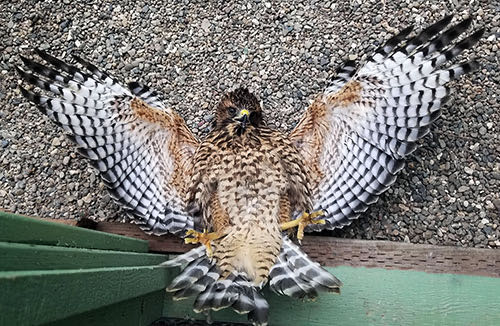
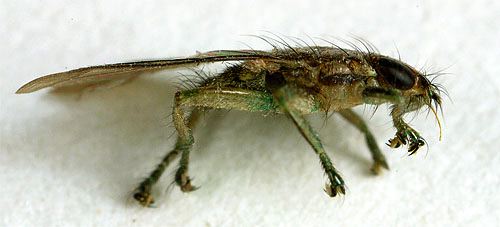
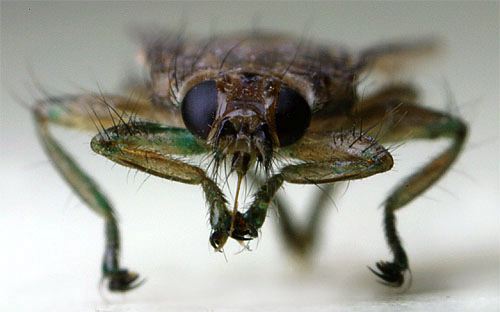
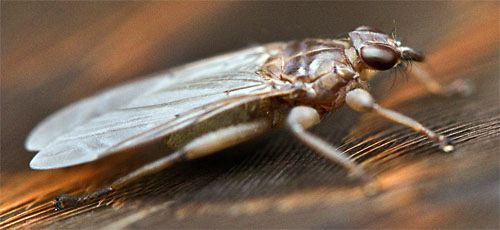
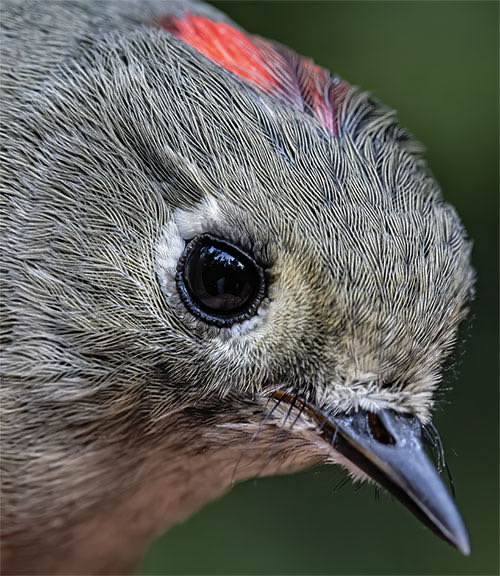
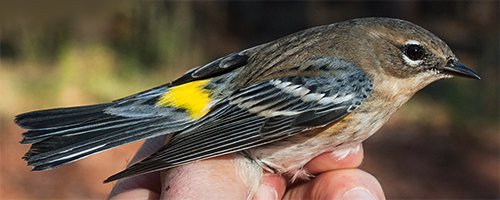
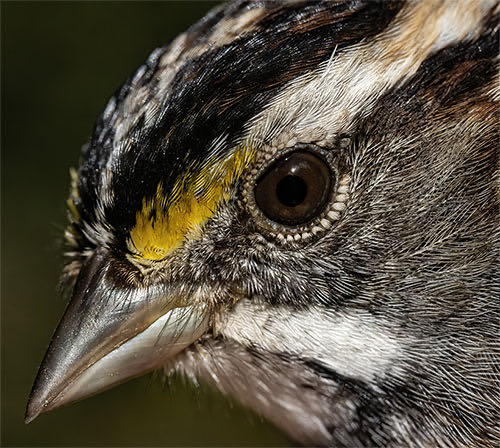
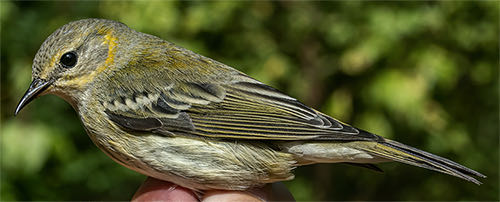
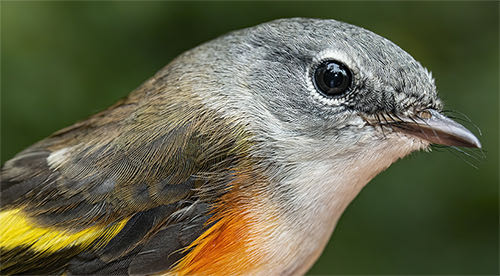
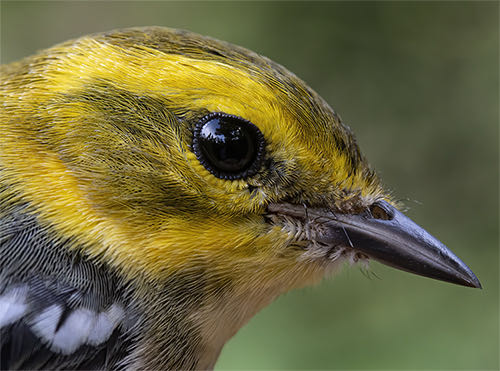
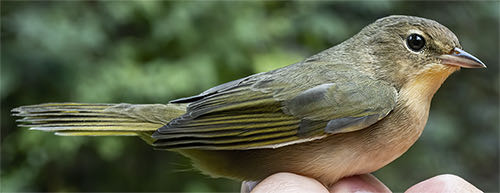
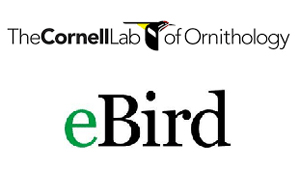
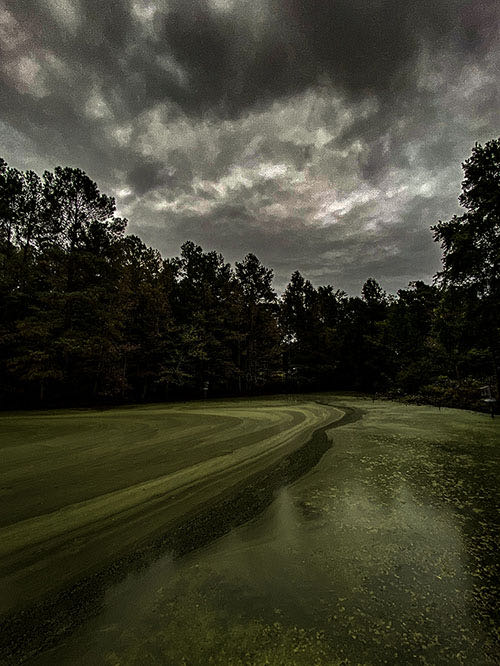
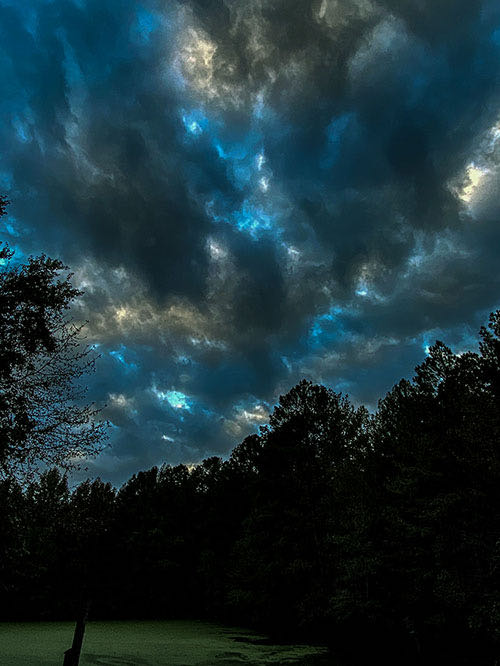









 Please report your spring, summer &
Please report your spring, summer & Oct 15 to Mar 15:
Oct 15 to Mar 15: